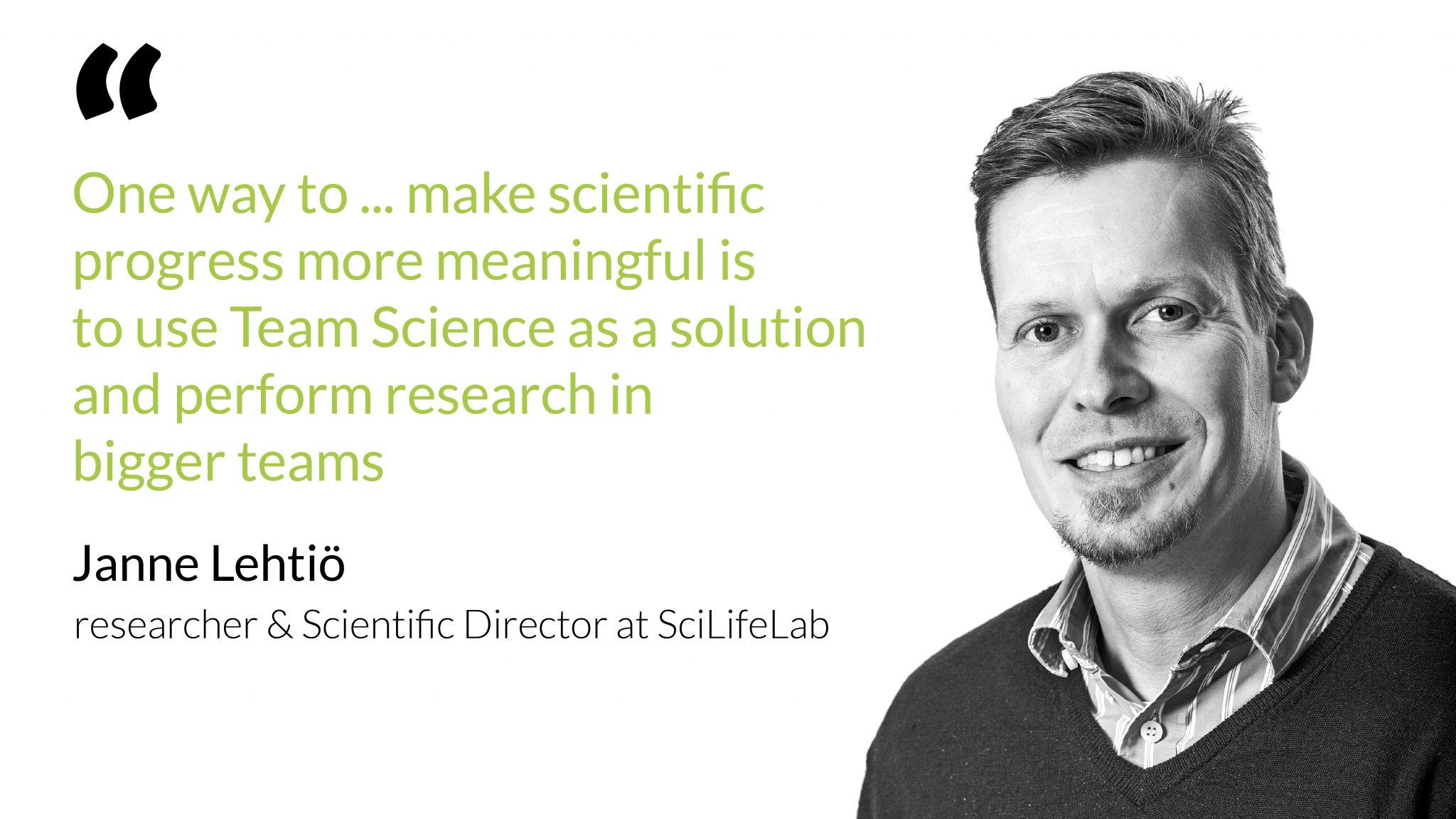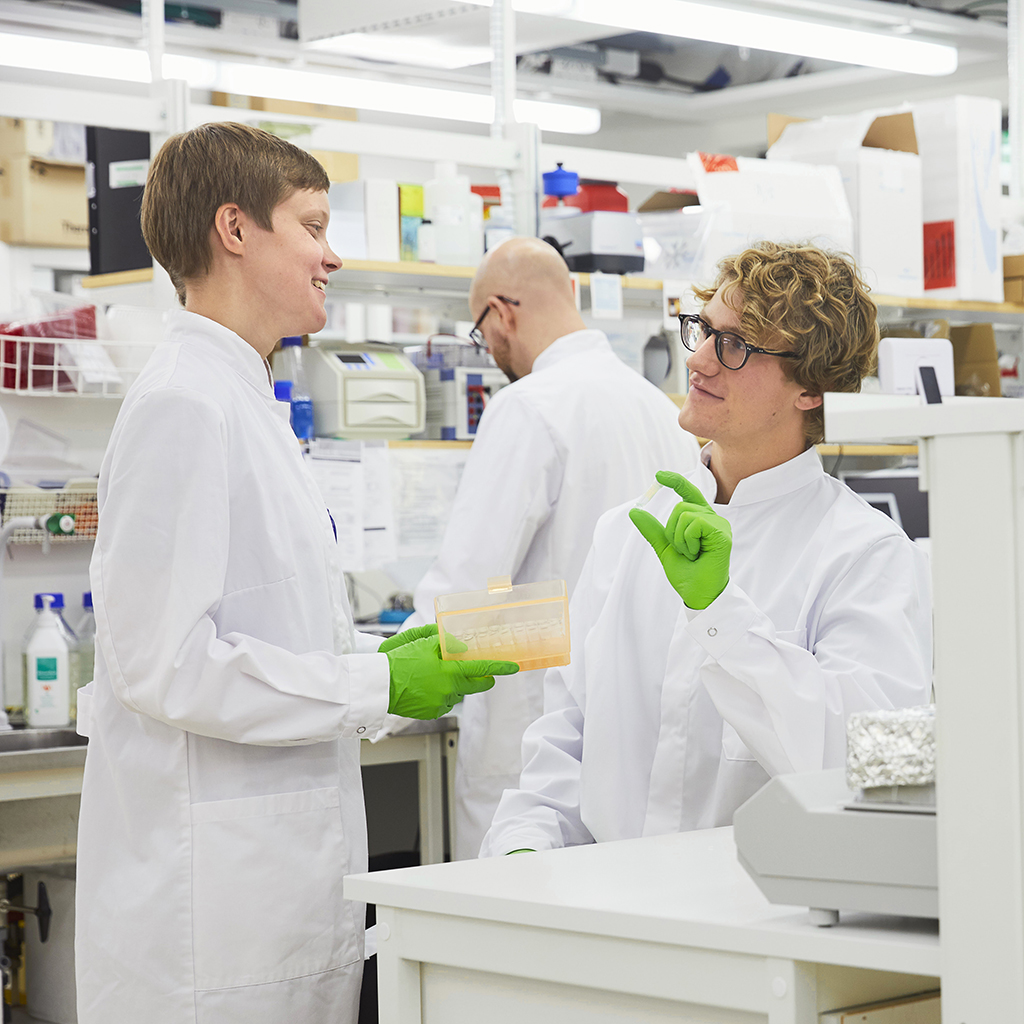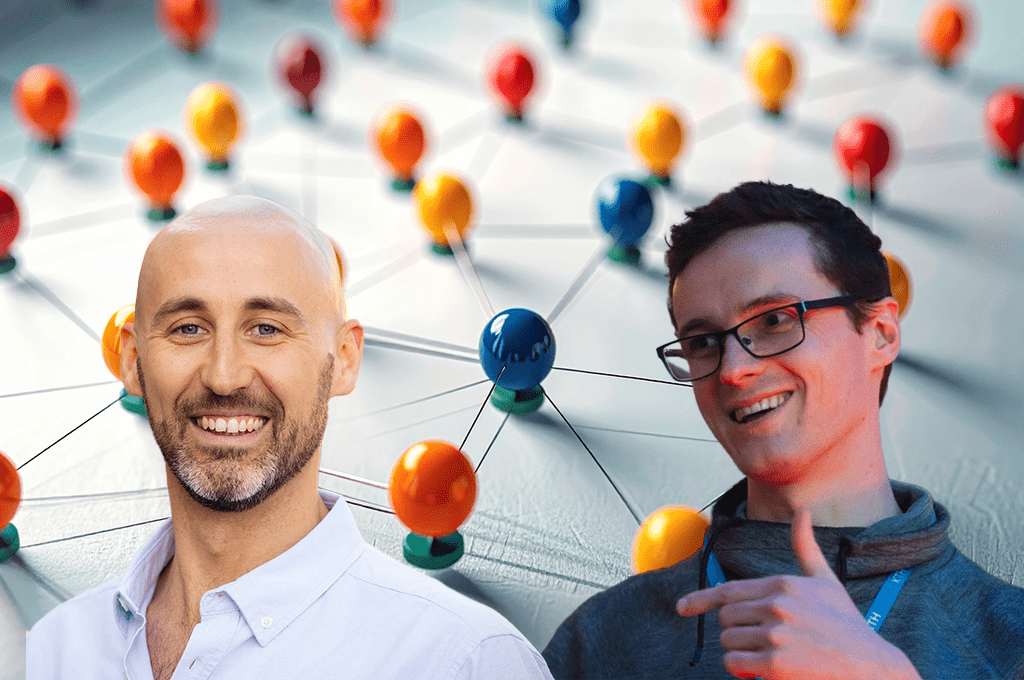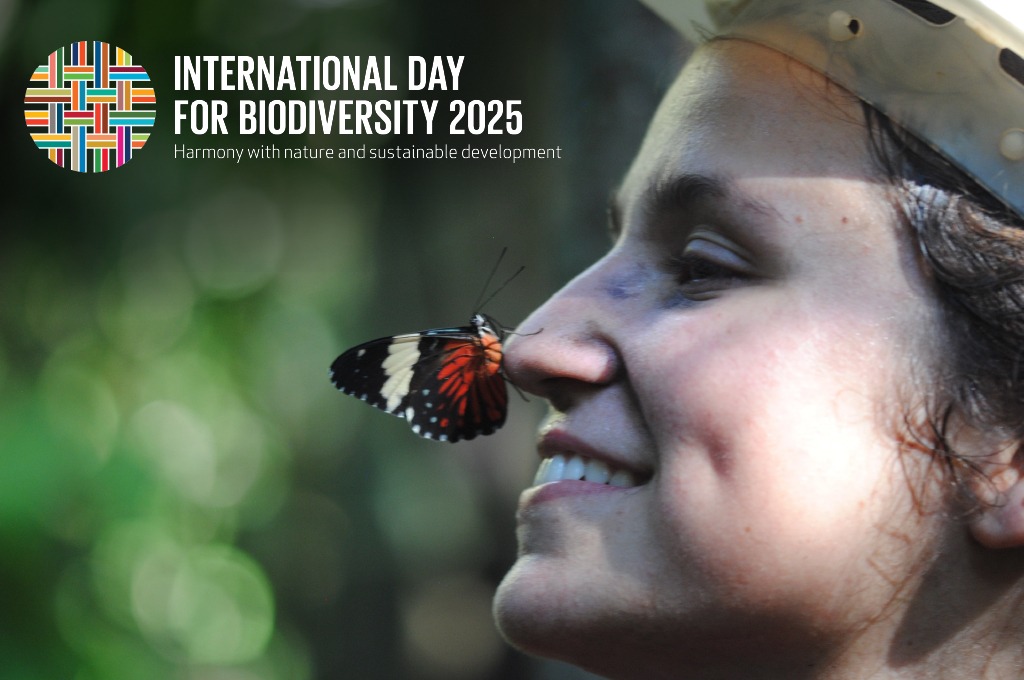Can Team Science solve the challenges of tomorrow?
Through collaboration, hard-to-solve problems like the COVID-19 pandemic can be tackled, but breaking the barriers between scientists and even fields of research can be quite the challenge.
The 21st-century has presented us with a wide variety of complex problems within societal areas such as health, environment, and technology. As a species, we’re constantly met with challenges of increasing complexity, and the time-frame for addressing those challenges is rapidly decreasing. At the same time, the need for cross-disciplinary solutions to complex problems has been recognized many times throughout history, and as early as 1793, the French chemist Antoine Lavoisier coined the concept of Team Science.
Team Science is best described by how we through collaboration, instead of division, can explore a much wider array of creative solutions to hard-to-solve problems. An obvious example would be the COVID-19 pandemic. In response to this, scientists are coming together, sharing their expertise and know-how, proving that much more can be done if we break down the barriers between us.
Team Science can be divided into the initiatives that use collaborative approaches – often cross-disciplinary – to solve certain scientific problems, on the one hand, and the scientific field that analyze the methods used in those initiatives on the other hand. In this feature, the focus lies on initiatives taken at SciLifeLab.
SciLifeLab provides an in many ways unique environment, allowing scientists from a number of universities throughout the country to cross-fertilize ideas and come up with new solutions that might never have been explored otherwise.
As a consequence of globalization, there’s now always someone else who can do what you do but faster and better
In support of SciLifeLab’s unique infrastructure and collaborative environment, the Knut and Alice Wallenberg Foundation granted the SciLifeLab and KAW National COVID-19 Research Program 50 million SEK earmarked for research regarding ways to combat COVID-19. As the virus forced lock-downs throughout the world an ambitious program was rolled out, using Team Science to bring the brightest minds nation-wide together.
A long tradition of Team Science in Physics
Janne Lehtiö is a researcher as well as Scientific Director in the SciLifeLab Management Group and Director of SciLifeLab’s Proteogenomics Unit. According to him, the field of medical research needs to become more collaborative, like the field of Physics for example – which has a long history of international collaborations.
“They’ve had a different mindset than us chemists. While they had to create massive instruments such as the Hubble Telescope, or Hydron Colliders to be able to conduct scientific experiments, we in the field of medical research could play around by ourselves in labs without having to care much about what the neighbors are doing. But as a consequence of globalization, there’s now always someone else who can do what you do but faster and better”, says Janne.

He explains that currently, a lot of small-scale research is published by tiny teams, yet much of that research is often redundant. For instance, there are hundreds of reports published on potential biomarkers, yet they are still not employed clinically or used to monitor the environment.
“There is an endless list of markers, but validation studies and actual application is left out. To me it’s very fragmented, it’s hard to bring the field into the next step of information gathering”, he explains. “If the scientists who are able to discover potential biomarkers will take responsibility for continuation and were to team up with those who need them, we could push the scientific development forward. One way to ensure this flow of information with the globalization of science, and make scientific progress more meaningful is to use Team Science as a solution and perform research in bigger teams; or at least ensure better handover of knowledge by connecting teams tighter from methods to applications to implementation”, says Janne.
The DDLS program is a perfect example of a team science need.
The amount and complexity of data used in life science is growing exponentially, and more scientific discoveries are made possible when data is openly available to researchers across the world. To aid this development, the SciLifeLab and Wallenberg National Program on Data-Driven Life Science (DDLS) was created. Team science is a central element and a necessity of the DDLS program. The scope is simply too big for an individual researcher to make enough impact and the synergy effects of multidisciplinary collaboration is vital.
“The DDLS program is a perfect example of a team science need. For starters, you need team members that can handle huge data mounts working together with experts on a particular research question at stake, and to apply the knowledge gained by data-driven research, a project will need new team members with various expertise”, says Janne Lehtiö, who apart from his other engagements is a member of the DDLS Steering Group.
Part of a team
When Professor Mette Myrmel from the Norwegian University of Life Sciences, got her project approved and included in the SciLifeLab and KAW National COVID-19 Research Program, she was promptly placed together with a group of other approved researchers looking for alternative ways to track the spread of the virus. Within the group, all communication has been conducted over the internet.
“At this point, we’ve only had online meetings, because we’re in the start-up phase and there’s no time for us to travel and meet physically. But since this whole situation with the virus started, people have adapted and become much better at using Zoom, and other online platforms”, says Mette. “The hardest part is communication. You always want people to answer immediately so that you have a consensus of what to buy, such as reagents, primers, etc. But that’s the way it is, we have other duties and things to work on as well.“
They soon made the news as they began to formulate a strategy for analyzing virus RNA present in sewage water.
when you are analyzing large amounts of water, you need very sensitive methods
Their hope was to create a toolkit, sensitive enough to be able to detect small amounts of COVID-19 in local water treatment plants. If successful this could be used by local authorities to quickly identify new hot spots of infected areas.
“When you take a blood sample from a sick patient, that sample will be filled with virus particles, meaning you don’t need a very sensitive test to identify the virus. But when you are analyzing large amounts of water, you need very sensitive methods“, Mette explains.
Thankfully, researchers across the world have been developing methods for studying other strains of Coronavirus for years, and Mette’s team is already exploring how well those methods might suit COVID-19. Yet, without her earlier research, the team would still be planning their approach. For years, Mette has been growing a harmless strain of bovine Coronavirus in Norway, which is very similar to the one causing the ongoing pandemic.
Now I get help from the others with testing new methods, and thus we’ll finish faster, and we can share the burden of writing an article
Working with the actual virus is dangerous, and would force the team to carry out their tests in extremely limiting environments. Thanks to the model virus Mette has grown, they are able to safely work out the kinks of collecting, keeping, and multiplying the virus RNA for identification in normal lab environments.
“The reason why I chose this model virus is that I’ve worked with it for years, growing it in my lab, and I have a method for detecting it. It also spreads between animals just like the new virus, through coughing and sneezing. The probability of the model virus having the same structure, resistances, environmental survival, etc, as COVID-19, is high. And that is very important”, says Mette.
“We’re using this model virus to see if we can extract the coronavirus from sewage water. We have to filter out everything else that is not the virus, and then extract it in as pure a form as possible”, she continues.
So far, the team is trying out six to seven different methods for testing, and each team member is responsible for one method.
“We are counting on at least one of these methods to work, but in the end, there might be differences between sewage water in different locations, and then we might have to use different methods”, says Mette.
“If we’d all been working alone, there had been a lot more work to do per person. Now I get help from the others with testing new methods, and thus we’ll finish faster, and we can share the burden of writing an article that we can get published. When there are more people on the team you can often push each other and finish the testing quicker.”
Exploring the field of Team Science
The members of Janne Lehtiö’s research group have spent years studying the subject of Team Science, and just like with any other scientific field, there’s a lot of research available to explore and implement. Up until now, they have focused on two areas specifically. Firstly, they decided to collect information on methods that may lead directly to better research.
“Here we’ve worked on different themes, such as team-work”, Janne explains.
What does science have to say about team-work? What research is there on leadership, and what constitutes an effective team? How do you actually measure that? What roles are there in teams? These are some of the questions that they have explored.
“Simply put we asked ourselves the question: how can we structure this in a new and science-based way?”, he says.
So far they’ve both worked with specialists, looked at software development and extracted information from scientific articles and professionals.
We have been very egocentric in science for a long time, focusing on what individuals might have achieved
The Management Group at SciLifeLab has also looked at how you can highlight the efforts of entire teams, instead of specific individuals. One way is to allow entire teams to present their research instead of focusing on a single person such as the last author.
“If we, the scientists, won’t look at genres such as organizational science in the field of psychology, how are we supposed to be able to apply that science in our own fields?”, he asks.
Janne Lehtiö’s group have also researched how to create a more personal and organizational structure at work that incentivizes and motivates employees toward increased levels of collaboration.
“What makes people work together? We have been very egocentric in science for a long time, focusing on what individuals might have achieved, instead of focusing on how we could, for example, collectively best cure cancer with all the knowledge and tools that are at our disposal today. In other words a change in focus towards generating new knowledge and to better the world”, says Janne Lehtiö.
Many obstacles on the road ahead
“In Sweden we have a lot of structures that disrupt Team Science, and a big part of this is how research is financed through external means instead of internal. Because of this it is hard to dictate how we want to do science, as the financial flows are not controlled from within“, says Janne Lehtiö.
He explains that today, PI’s receive grants based on their track records as individual researchers, instead of their entire teams. Signalling that it is not the team effort that counts, rather the goal is to promote certain researchers.
“So I think that we still have a way to go towards formulating shared goals and how we can tackle the hard questions together. COVID-19 for example, is both a pandemic as well as a virus, both which covers a large variety of aspects that we as scientists can help with. But how do we create a context for that?“, Janne Lehtiö continues.
We are working in an environment that would not survive without Team Science
The answer is that we don’t need a single tool, instead we need an entire toolbox. Approaches from many perspectives answering the whys and hows on different levels.
“We need top-down and bottom-up solutions that work as catalysts for Team Science“, says Janne.
As the COVID-19 pandemic struck Sweden, SciLifeLab received a substantial grant from the Knut and Alice Wallenberg Foundation. Within the scope of a few months, over 60 national projects had been approved, working on different solutions to the emerging pandemic.
The individual projects were then divided into research areas. This way, the results can come much faster, as experience and know-how from different universities are pooled together within the newly formed teams.
“We are working in an environment that would not survive without Team Science”, clarifies Janne Lehtiö.
Providing necessary infrastructure
Juni Andréll is the manager of the newly started Eukaryotic Protein Production lab, a technology development project at SciLifeLab. It is co-financed by Stockholm University and focuses on producing mammalian cell cultures on a large scale.
we decided that we should be able to help with providing antigens to cellogi-tests and to extract antibodies
The proteins that they grow are shipped to a wide variety of research groups in Lund, KTH, Huddinge, Gothenburg, and KI amongst others. Some labs only have the capacity to grow a few liters of proteins, while they can grow up to 50 liters per batch.
“Usually, when you want to study a protein you only get a tiny amount from human cells, and we can scale up those cell cultures here. We have large incubators for cells on plates, and I also train people who want to study mammalian cells in techniques, tools, cell-lines, vectors, know-how, and infrastructure”, says Juni Andréll.
The lab was launched back in January 2020 and had a great start. Shortly thereafter however, COVID-19 entered the scene, and labs all over the country closed down.
“With the resources we have here at SciLifeLab, and with the help of other SciLifeLab group leaders and units, we decided that we should be able to help with providing antigens to cellogi-tests and to extract antibodies. There was a huge lack of antigens in April last year”, says Juni Andréll.
The hardest part for me has been the logistics of it all, to divide the workload and to create an infrastructure.
She also participates in a larger group called High Throughput and High Content Sereologi, which is one of several research areas created by the SciLifeLab’s national program for COVID-19 research.
“My role is to support research projects in developing efficient tests that determine if people have had an infection or not. The quality of the antibody-tests that were available mid 2020 were varied. We needed new reliable ones if we were to do this on a national scale”, says Juni Andréll.
Before the pandemic, they usually worked separately in different groups.
“But now all of us contribute with different things to this project and we’re developing new ways to work together. The hardest part for me has been the logistics of it all, to divide the workload and to create an infrastructure. Usually, one lab does things their own way and another lab in a different way. We’re all important pieces in this puzzle, contributing with very specific skills. Now we just have to piece it all together and create a pipe-line towards an end goal“, says Juni Andréll.
The fruits of the work with Team Science at SciLifeLab are still ripening, and applying the many lessons learned is a continuous effort. However, scientists and researchers are producing more results than ever before – and this is just the beginning according to Janne Lehtiö.
“We still have a long way to go, but I believe that we’ve created a stable platform here that will support future efforts. This foundation exists because we have collected people with many different types of skill-sets at SciLifeLab, which has created excellent conditions for moving forward”, Janne Lehtiö concludes.
Sources: White Paper: Team Science Heaving Walls & Melding Silos: Sigma XI The Scientific Research Society; The Science of Team Science: Overview of the Field and Introduction to the Supplement (Stokols et al., 2008).





